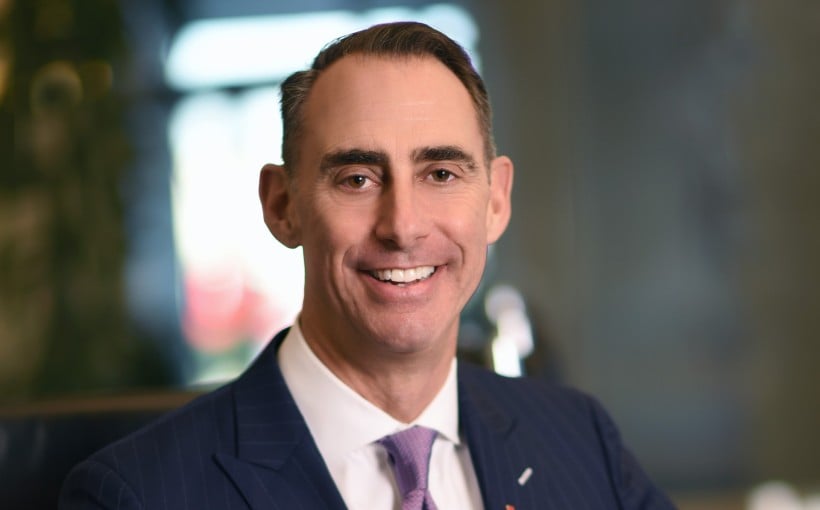The 2024 Q2 North America Market Report from Lee & Associates highlights some notable differences between the U.S. and Canada real estate markets, such as a stronger multifamily market in the U.S. and steady demand for office space in Canada. However, there are also common themes emerging across both countries as we approach the end of 2024.
Connect CRE recently spoke with Jeffrey Rinkov, CEO of Lee & Associates based in Westlake Village, CA to discuss these high-level trends that he and his team are focusing on.
Q: The first half of 2024 saw a significant decrease in net absorption for the U.S industrial market compared to last year. Is this decline due to an increase in inventory or a decrease in tenant demand?
A: The contraction seen in net absorption for the industrial market is primarily due to flattening demand combined with new inventory being delivered into the market. While certain areas within both countries continue to experience strong demand, overall vacancy rates have increased mainly because of new construction projects that were planned during Covid when there was severe supply chain disruption. Recently though, we have started seeing signs of increasing demand and corporate site selection activity picking up again.
Q: In contrast to industrial properties, Canada’s office sector seems more stable than that of its southern neighbor – what factors contribute towards this stronger performance?
A: There are two main reasons why Canada’s office sector has remained stable throughout recent times – government intervention providing support for occupiers allowing them continued access their offices while enforcing mandatory attendance by workers; financial assistance provided by Canadian authorities enabling businesses not only pay rent but retain employees too which sustained occupancy levels; additionally Canadians tend prefer working from an actual workplace rather than remotely like Americans who seem more inclined towards hybrid work strategies.
Q: Despite rising retail demands nationwide since Covid restrictions eased off earlier this year , it hasn’t translated into higher construction volumes yet- any idea why? And do you see this changing anytime soon?
A: The demand for retail space has been consistently strong throughout the pandemic. In addition to in-person shopping, consumers are also seeking experiential retail opportunities. With low vacancy rates and increasing rental rates, it is likely that we will see more retail development in the near future and beyond. This trend is further supported by high levels of business and vacation travel as well as a thriving hospitality sector.
Q: Will apartment rent growth eventually return to pre-pandemic levels across the country?
A: Multifamily properties have shown signs of stability and growth every quarter since Covid restrictions eased off earlier this year . As employees start returning to work, urban core multifamily spaces are seeing lower vacancy rates along with reduced tenant inducements which could lead towards rising rental prices once again.
Q: What key themes do Lee & Associates brokerage professionals focus on when advising clients regardless of property type or market conditions?
A: Our team has identified several emerging trends that our commercial real estate clients should be aware of including potential interest rate reductions leading up to an increase in sale transactions; growing demand for data center assets from both occupiers and investors; increased need for cold storage facilities; continued interest in retail properties despite e-commerce’s rise ; some indications suggesting a possible uptick office occupancy too.
In conclusion, while there may be differences between U.S. and Canadian markets at present , there are also common themes emerging such as increasing demands across various sectors like industrial , office space ,retail etc . It would be prudent for businesses operating within these countries or looking at expanding their operations into either one -to keep abreast with developments taking place within each nation’s commercial real estate landscape so they can make informed decisions about their investments going forward




